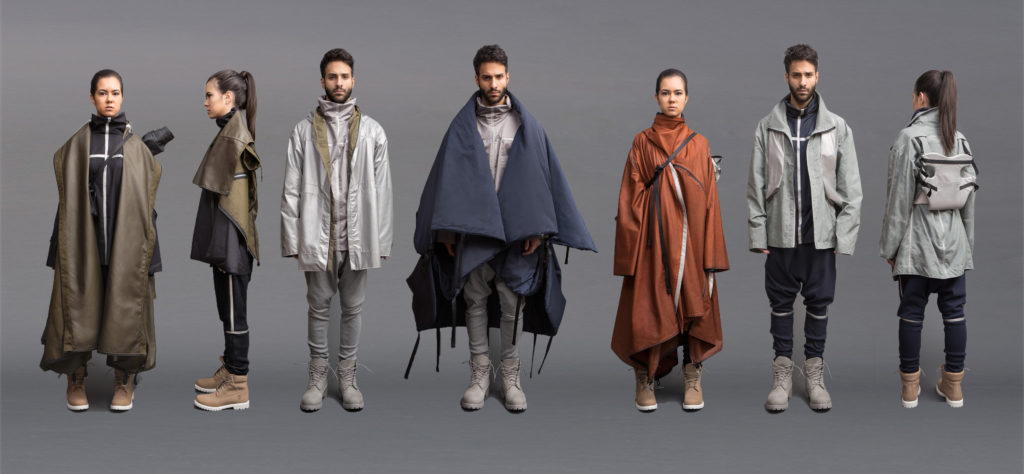Back
Perspectives 2023.06.06Liquid Modernity:Demographic Shifts & Workforce Development
2023.06.06In the face of globalization, technological innovation, and shifting societal values, modern society is undergoing a new wave of demographic changes. Phenomena such as single-person households and immigration are emerging and affecting the supply and demand structure of the labor market, inevitably bringing about different facets of future social structure and culture.
The dilemma of immigration and refugees
The process of globalization has made cross-border migration and refugee issues one of the major challenges faced by the world today. While immigrant populations have become a source of regional labor supply and can also to some extent alleviate population aging, on the other hand, immigration and refugees can also lead to instability in various areas. This is due to intensified competition in employment and housing, resource competition in education and healthcare, and clashes of religious and cultural values. Governments should prioritize immigration policy reforms and seek innovative solutions such as improvements in education, women's rights, and healthcare infrastructure to address the impact of population mobility.

The series of clothing designed by Angela Luna to address the difficulties that refugees may encounter
(Image Source)
In the context of the trending issue of refugees, Angela Luna, a student at Parsons School of Design in the United States, recognized the challenges faced by Syrian refugees and discovered that the most convenient living arrangement for these displaced individuals was tents. As a result, she dedicated herself to combining tents with outerwear, creating a jacket that not only provides wind resistance and warmth but can also transform into a tent when needed. Through these creations, she hopes to provide more support and assistance to refugees, enabling them to feel safer and regain their dignity in their difficult circumstances.
The economic rise of single-person households
According to statistical data, single-person households are the fastest-growing household type. This includes the increased emphasis on personal autonomy among modern young people and changes in traditional marriage concepts. The rise in widowhood and divorce rates has also led to a convergence of middle-aged households towards single-person households. Even though these single-person households have high purchasing power, they have given rise to trends such as solo dining, single-person appliances, and pet consumption, profoundly impacting business market strategies. However, it may also lead to a further decline in already low birth rates and an inevitable shortage of active labor force population, exacerbating the progression of an aging society.

Fufuly, when embraced, provides a comforting sensation, soothing your anxiety like a gentle creature nestled in your arms.
(Image Source)
How can we reduce the feeling of loneliness when living alone? This seemingly uninteresting pillow called Fufuly is produced by Yukai Engineering, a Japanese company, but it is actually an intriguing device that explores the phenomenon of "rhythmic synchronization between individuals and objects." Fufuly is a pillow designed to alleviate anxiety. When you embrace it, the pillow mimics breathing or heartbeat through rhythmic pulsations, providing a calming effect similar to embracing a loved one or a pet, regulating your breathing rhythm.
Brief Summary
Thanks to technological advancements, the time required for information transmission has significantly reduced, allowing modern individuals to receive communication from anywhere in the world at any time. With just a computer or a smartphone, people can access entertainment, work, and satisfy their need for connection with others. They can video call and communicate with their loved ones even if they are far away from home. They can fulfill their daily needs through the vast array of online shopping and delivery services. Through communication apps and live streaming, they can interact with others. The interpersonal social fabric seems to have become "liquid" within the web woven by technology, where people willingly or unwillingly depart from long-standing, rigid structures to embrace the currents of the era. At such times, it is important for us to pause and reflect on what is worth preserving amidst this flexible and instantaneous lifestyle.
References
